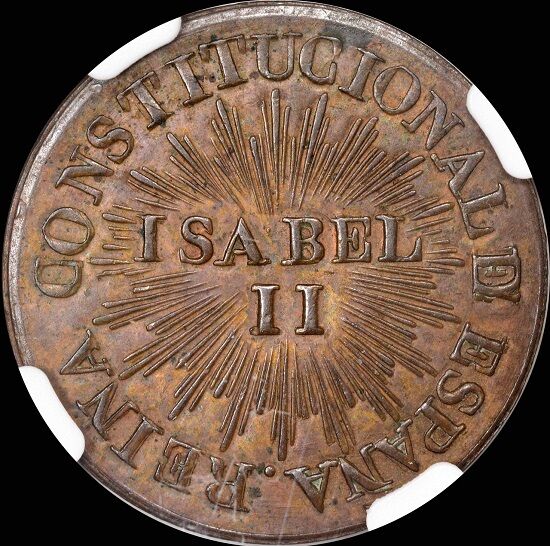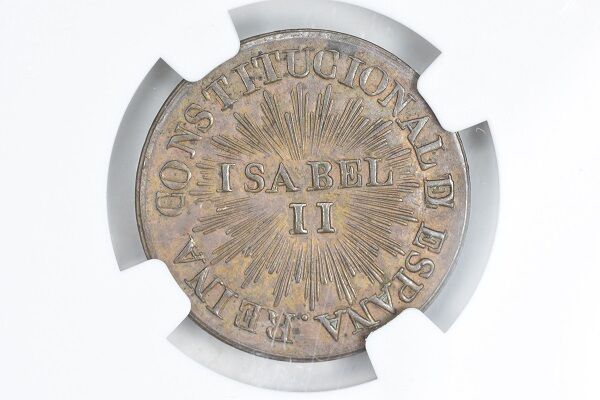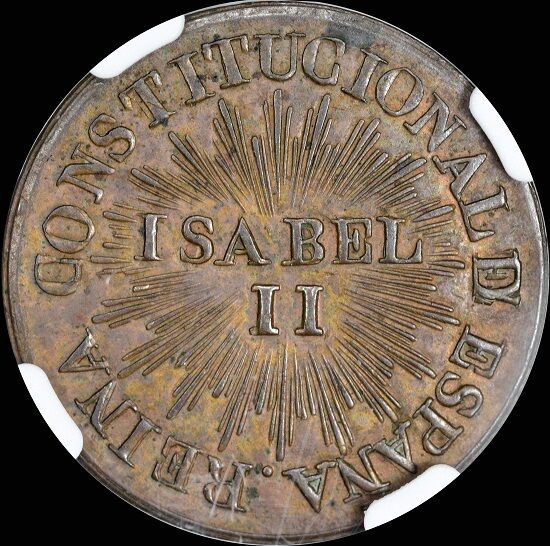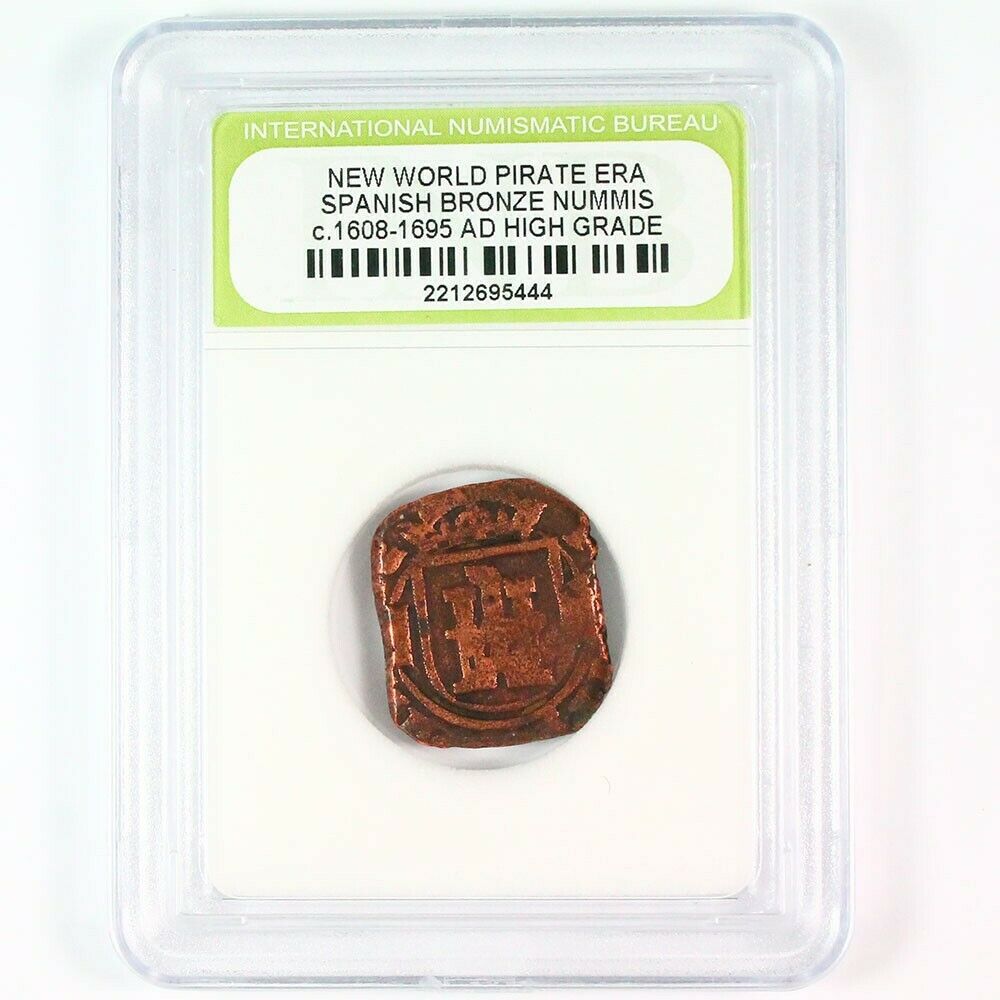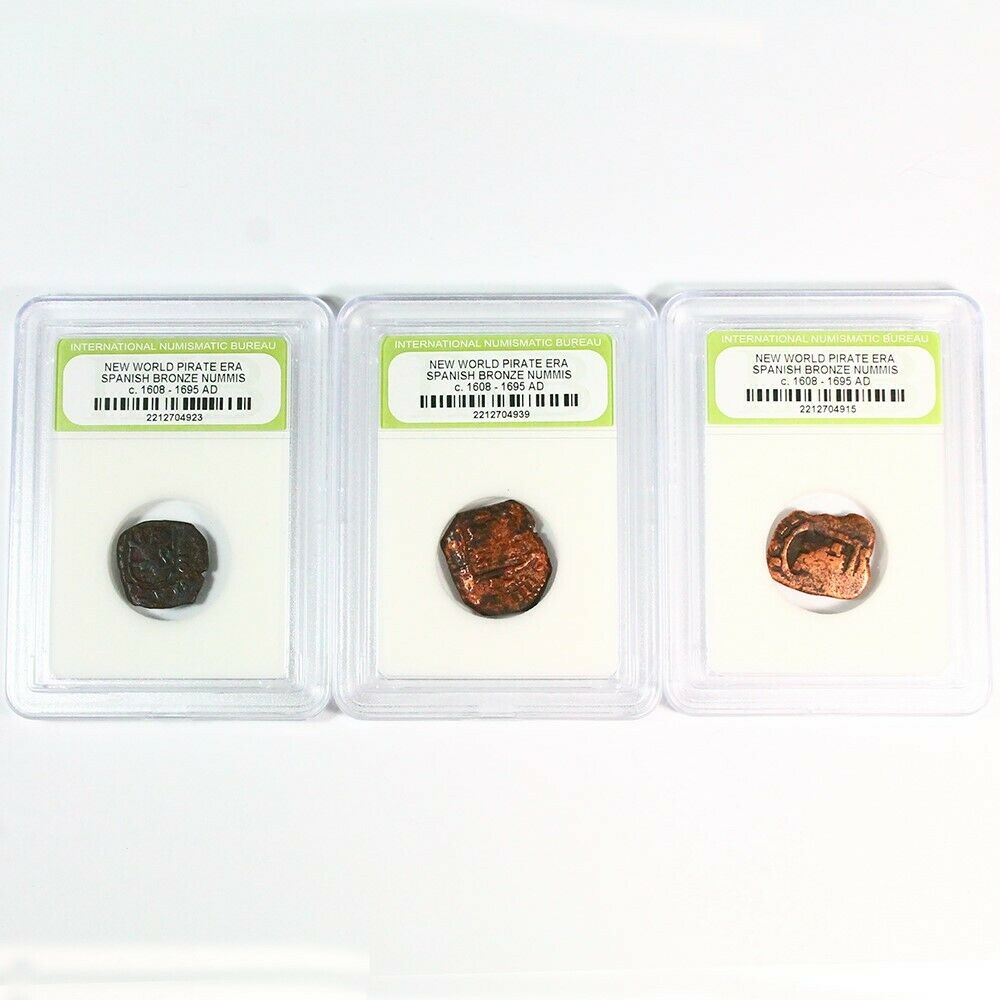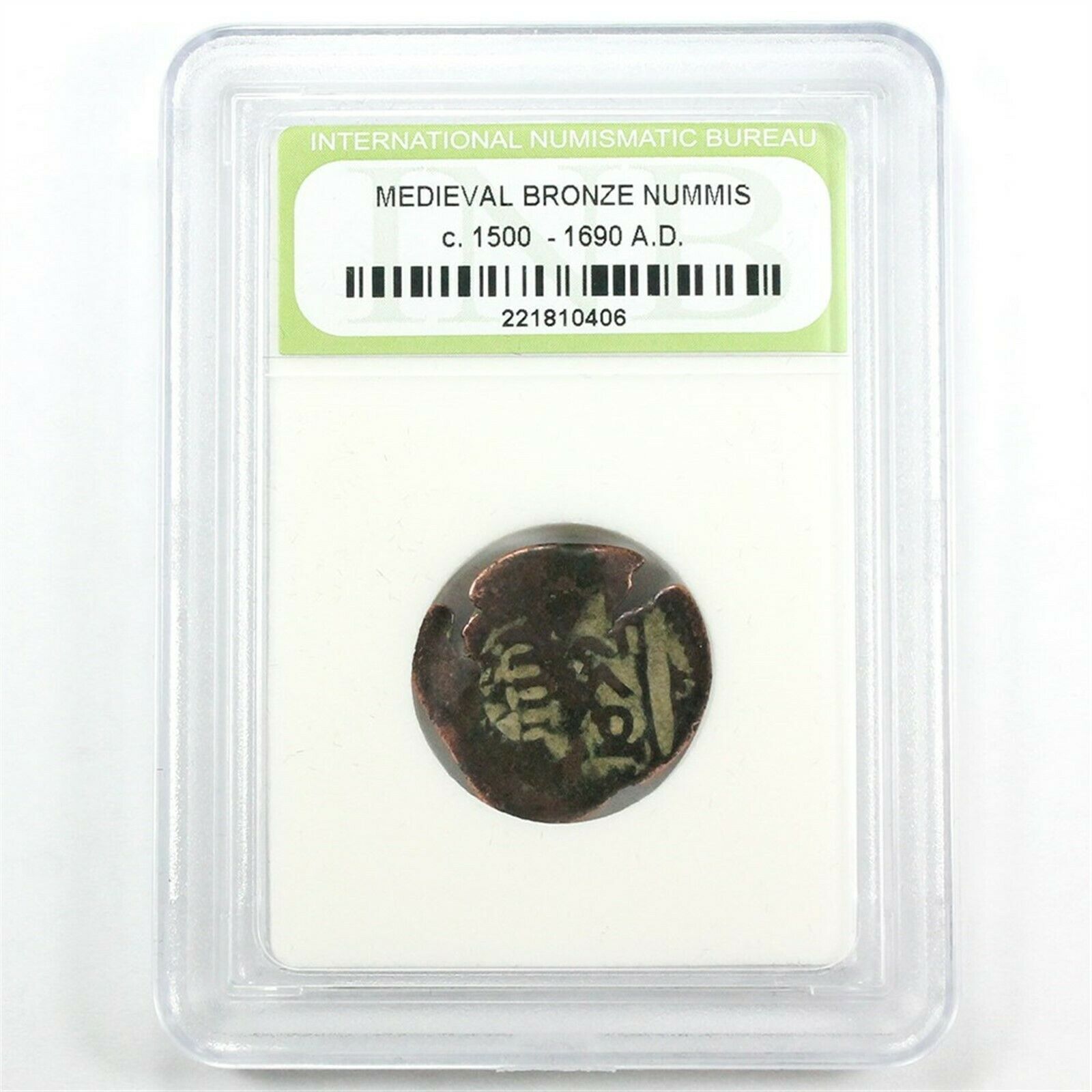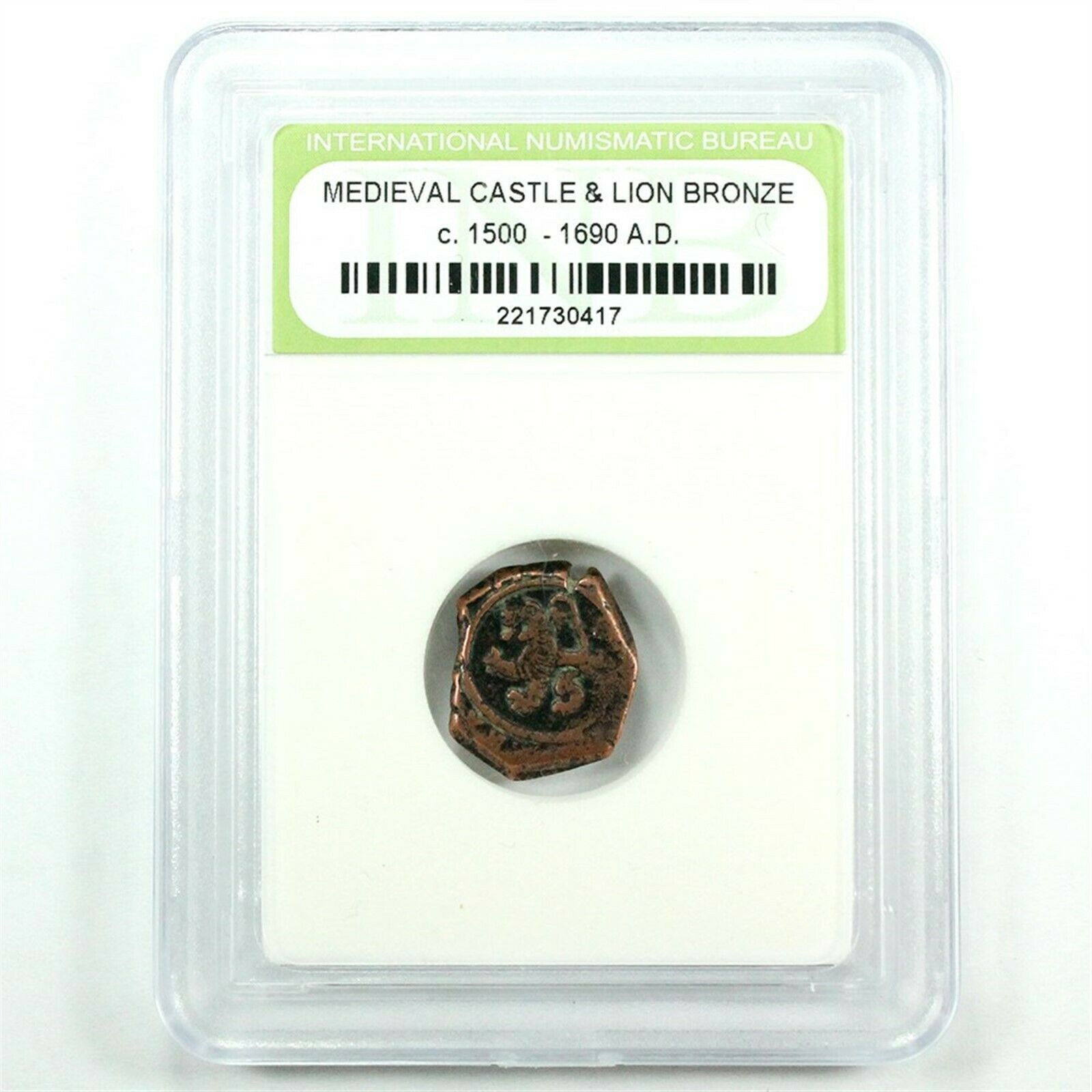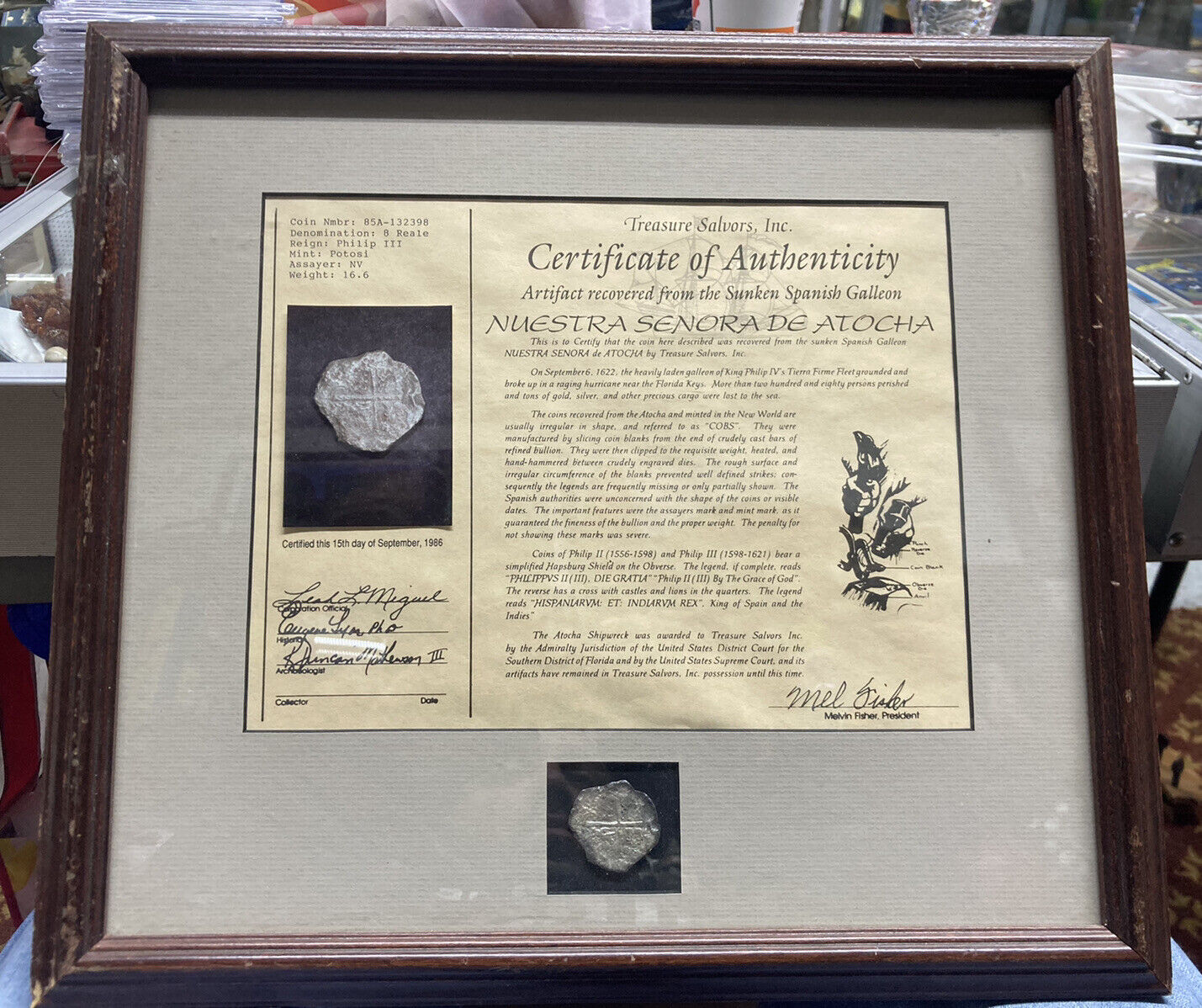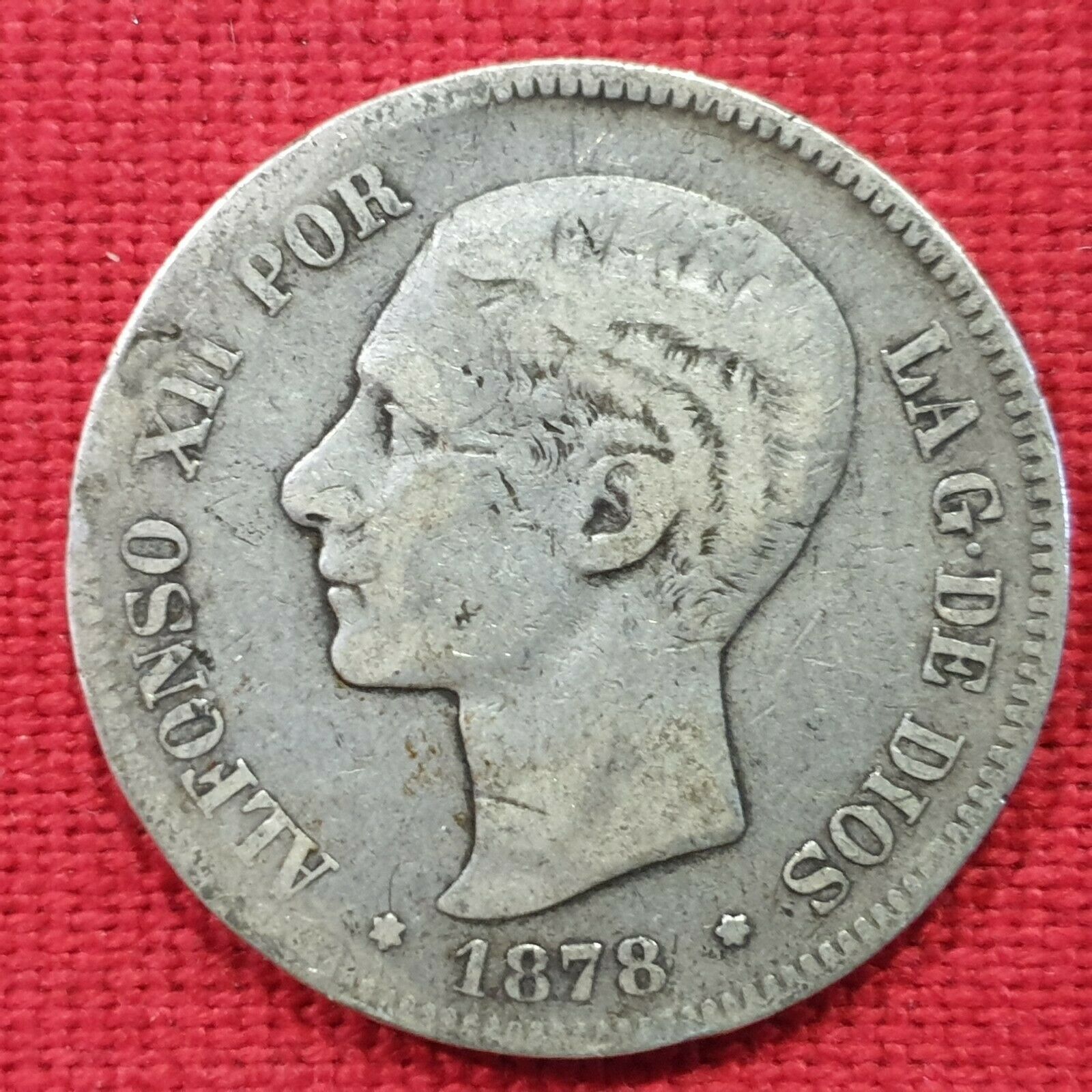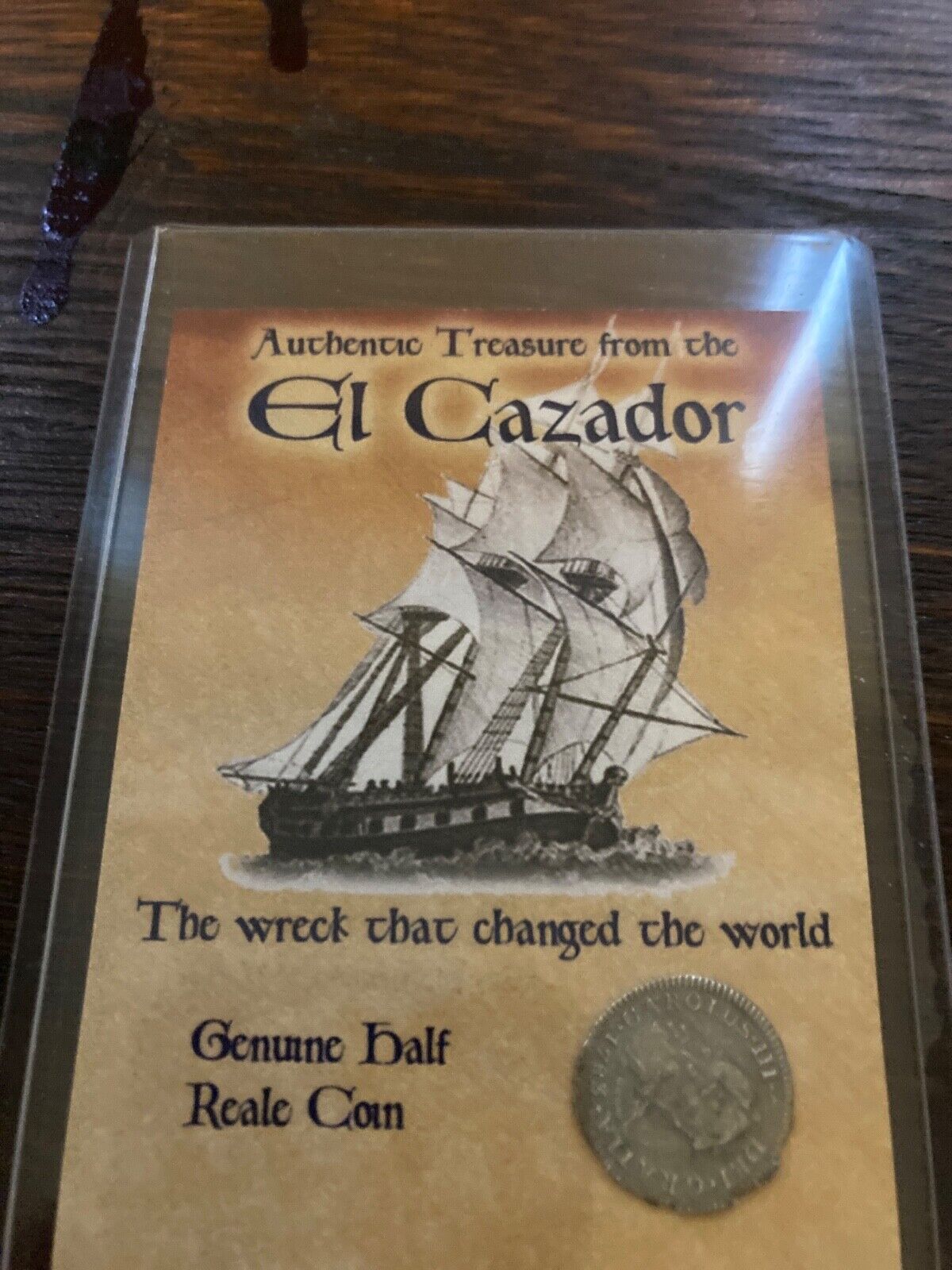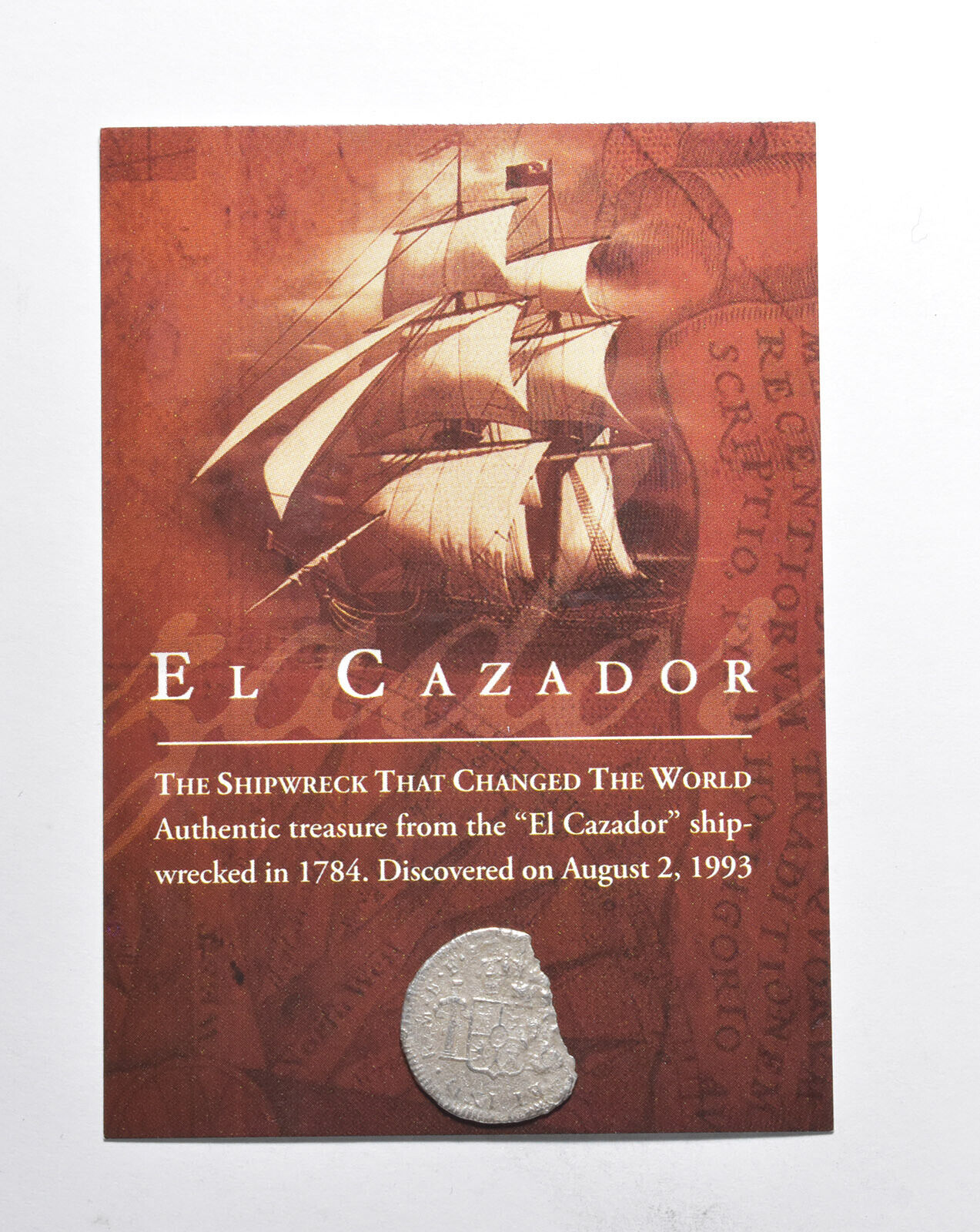-40%
FINEST & ONLY @ PCGS & NGC MS62 1843 ISABEL II PROCLAMATION MEDAL BRONZE TONED
$ 208.56
- Description
- Size Guide
Description
A VERY SPLENDID & ONLY KNOWN MINT STATE BRONZE HERRERA-10 AT BOTH NGC & PCGS !!"
FINEST
& ONLY ONE" AUTHENTICATED & GRADED AT BOTH PCGS & NGC ! NONE FINER !!
NONE KNOWN AT PCGS !
A "TOP-POP" NGC MS62 EXAMPLE OF A RARELY SEEN HERRERA-10 1843 BRONZE PROCLAMATION MEDAL
BOLDLY STRUCK WITH A BEAUTIFUL RADIANT "ISABEL II" ON THE REVERSE !
Note
: the two white vertical lines at the 6-6:30 area of the obverse picture, are on the holder only, they are not on the coin.
RATHER NICE ANTIQUE TONING GRACE THE SMOOTH HARD SURFACES BOTH OBVERSE & REVERSE !
AN HOST OF MINT STATE GLOWING BRONZES STILL PRESENT THEMSELVES IN & AROUND THE DEVICES; GIVING OFF THAT GLOWING HALO EFFECT THAT WE ALL LOVE ON OUR COPPER & BRONZE PIECES !
A LOVELY PIECE OF HISTORY CELEBRATING THE OFFICIAL CORONATION OF QUEEN ISABEL II AT THE GRAND COMING OF AGE 13 !
"1843 11-12 June: A series of Moderate and Progressive pronunciamientos are launched
against General Espartero. 30 July: Espartero is forced to flee the country. 29 September:
The queen regent's daughter comes of age (13) and is proclaimed Queen Isabel II of Spain. 5
December: General Luis Gonzalez Bravo takes office, consolidating the Moderates' grip
on power."
Born in Madrid on Oct. 10, 1830, Isabella was the daughter of Ferdinand VII of Spain and Maria Cristina of Naples. Her uncle Don Carlos refused to recognize her right to the throne, and after the death of Ferdinand in late 1833 a bitter civil war broke out between the conservative elements, who supported Don Carlos, and the liberal groups, who supported the young princess and her mother, the Queen Regent. The Carlists were defeated in 1839, but the following year Baldomero Espartero, a liberal and the most powerful general in the country, forced Maria Cristina to leave Spain. Isabella remained behind.
Three years later, the conservatives overthrew Espartero and his liberal supporters and on Nov. 8, 1843, had 13-year-old Isabella declared legally of age and crowned queen. Isabella's education had been meager; she could scarcely read and was by all accounts relatively ignorant. But she was highly attractive and utterly charming. Between 1843 and 1868 Isabella reigned but did not rule. During most of this period Spain was governed by a coalition of civilian conservatives and army generals.
On Oct. 10, 1846, Isabella married her cousin Francisco de Asis. Now an attractive 16-year-old, she was generous, friendly, fond of dancing, and amorous, and the timid and effeminate Francisco was a great disappointment to her. On the day after the wedding he moved out of the Queen's quarters, and her first lover, the handsome Gen. Serrano, moved in. He was to be the first of many, until her active sex life (or what an English observer called her "terrible constitutional malady") was the talk of all Europe. Yet she considered herself a devout Catholic and was very much under the influence of the superstitious and often fanatical nuns and monks who surrounded her at court.
Spain's economic crisis of 1866 brought about a popular revolution in September 1868. Isabella fled to France, and, on June 25, 1870, she abdicated in favor of her son Alfonso XII. He was crowned king of Spain in early 1875, after the republic which had been set up in 1873 was abolished.
Her reign was marred by diverse scandals caused by her being entirely under the influence of an entourage of visionaries, including Sor Patrocinio, the stigmata nun, and her confessor, Father Fulgencio, all of which made her fairly unpopular.
Isabel II was also responsible for starting the Bourbon tradition of travelling to San Sebastián for sea bathing when, in 1845, she visited the city with her mother on medical advice.
During her reign, a series of acts were passed, including the Moderate Constitution of 1845, the Madoz Disentailment Act (1855), and the public instruction known as the Moyano Act (1857), which remained in force until well into the twentieth century. The Spanish Civil Guard was also created (1844) and, in the international political sphere, Spain expanded into North Africa with the War of 1859-60.
The revolution of 1868 ended her reign and forced her into exile in France until her death in 1904.
OptimusCMT, Check Us Out...
See other items
...Much More To Come !! Thank You.
OptimusCMT, Check Us Out...
See other items
...Much More To Come !! Thank You.
